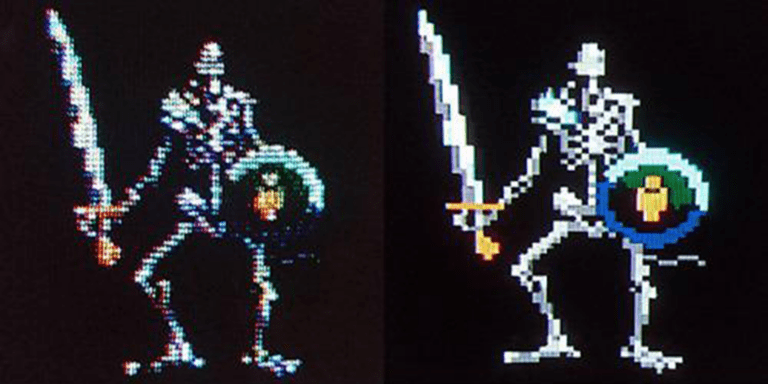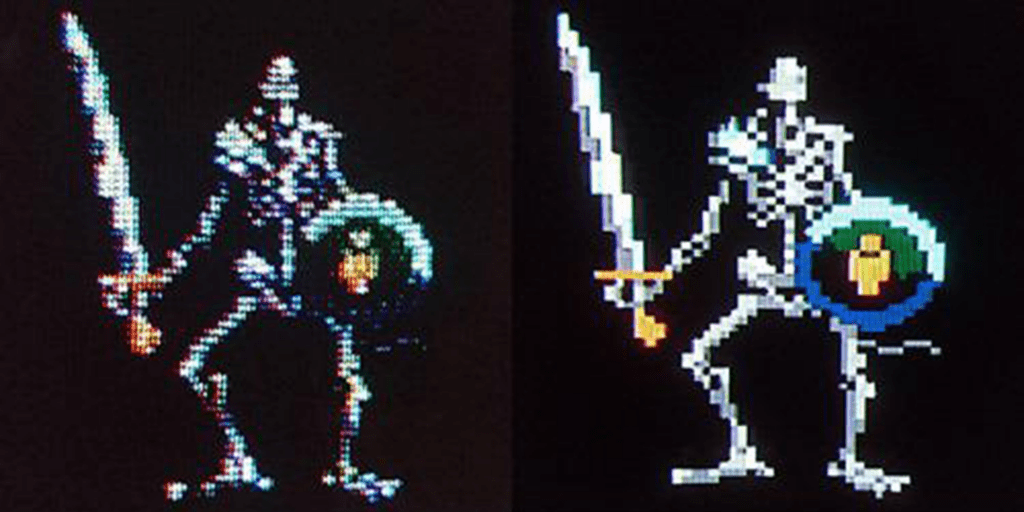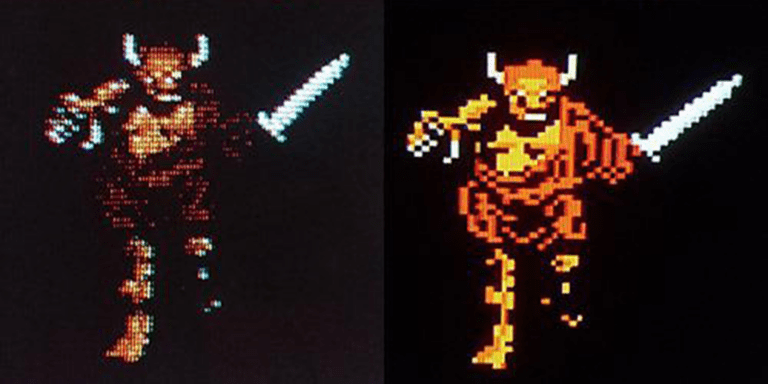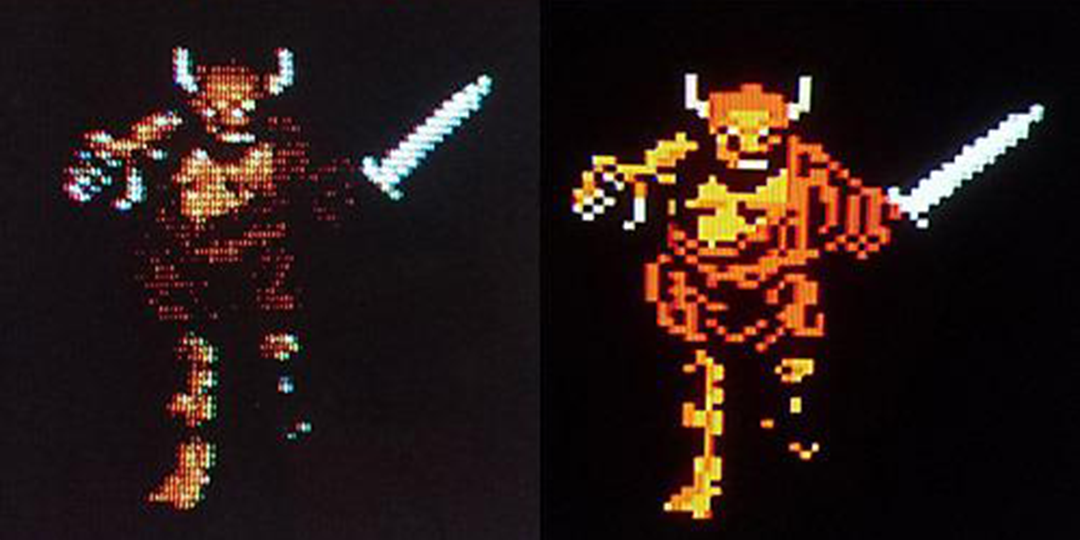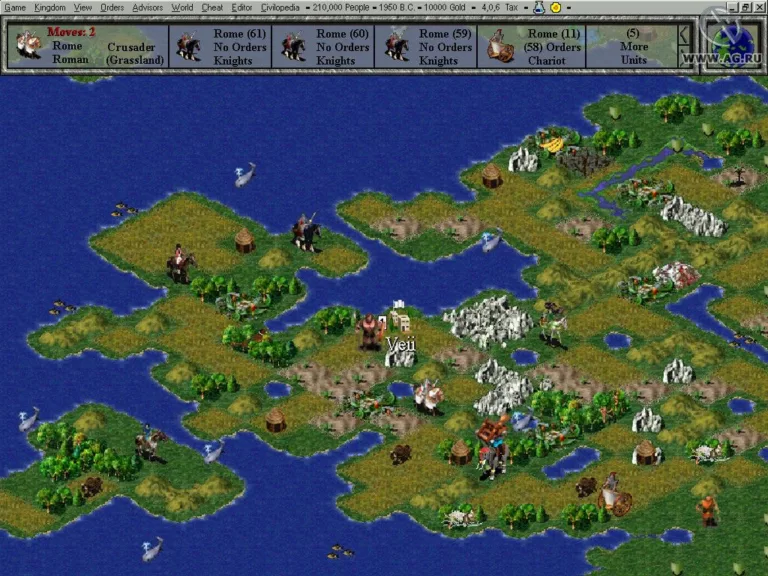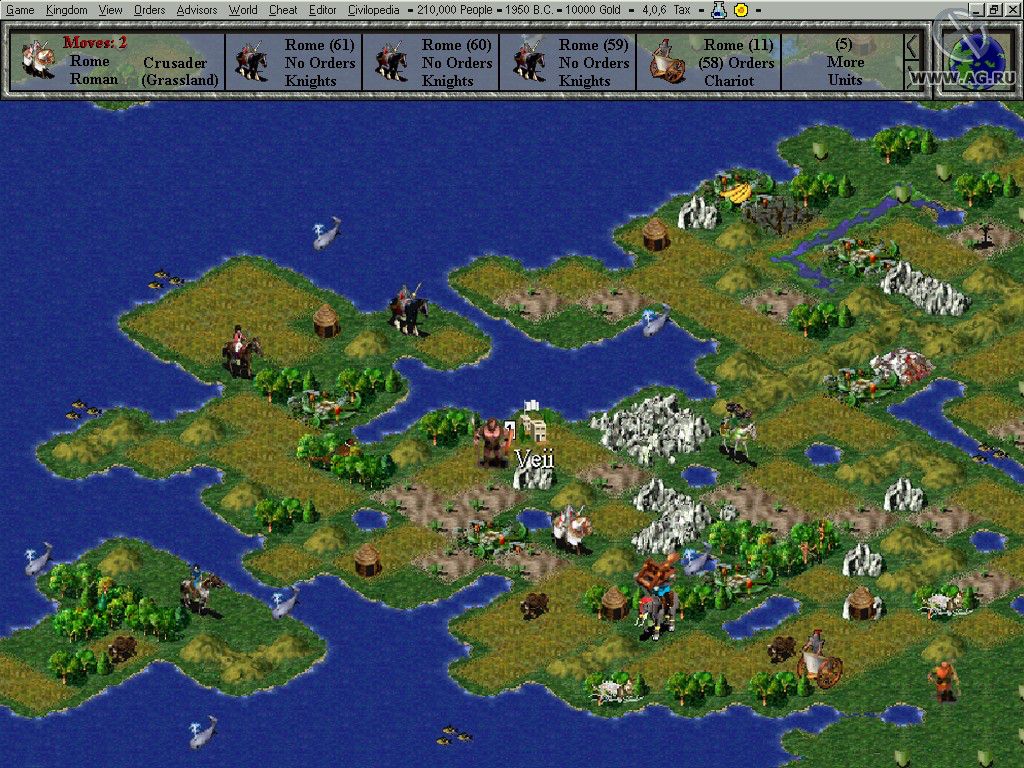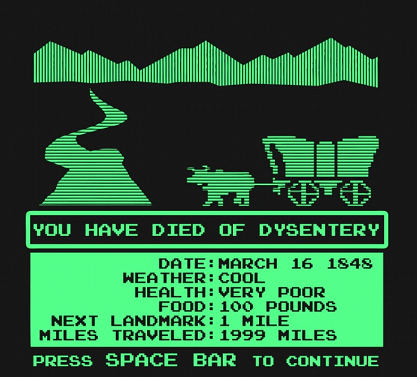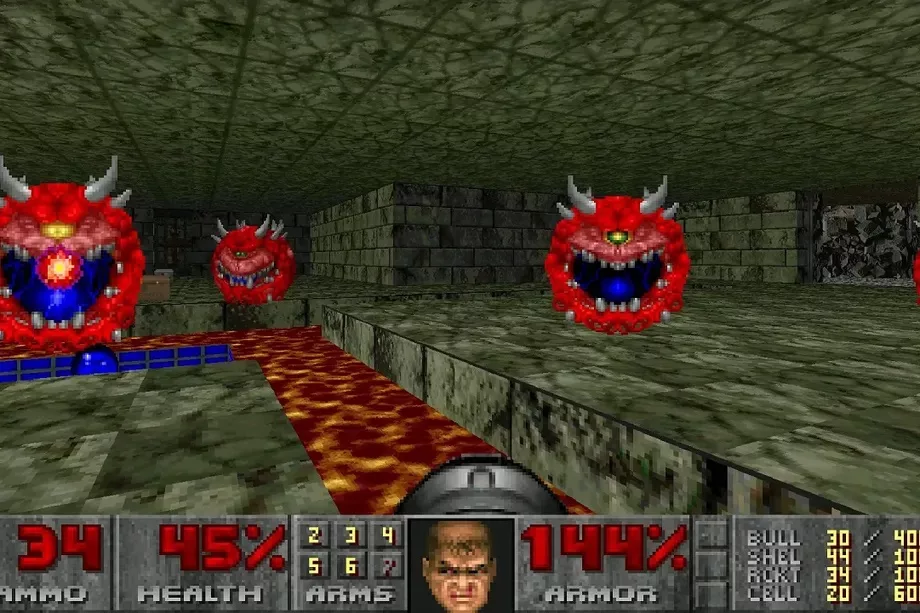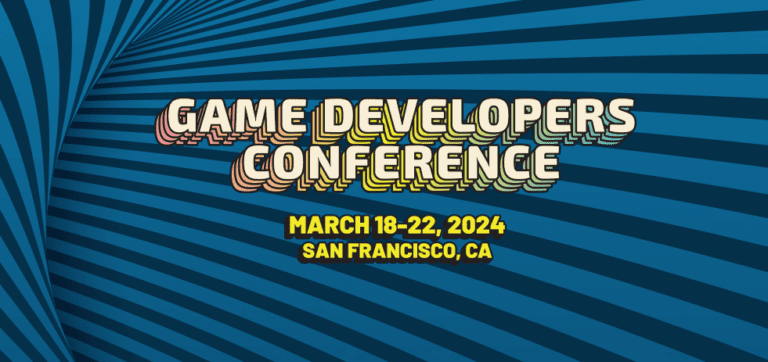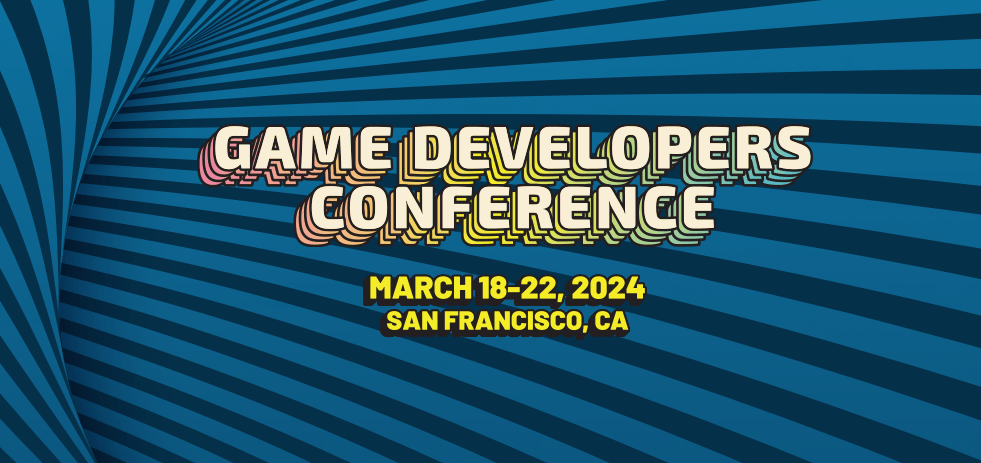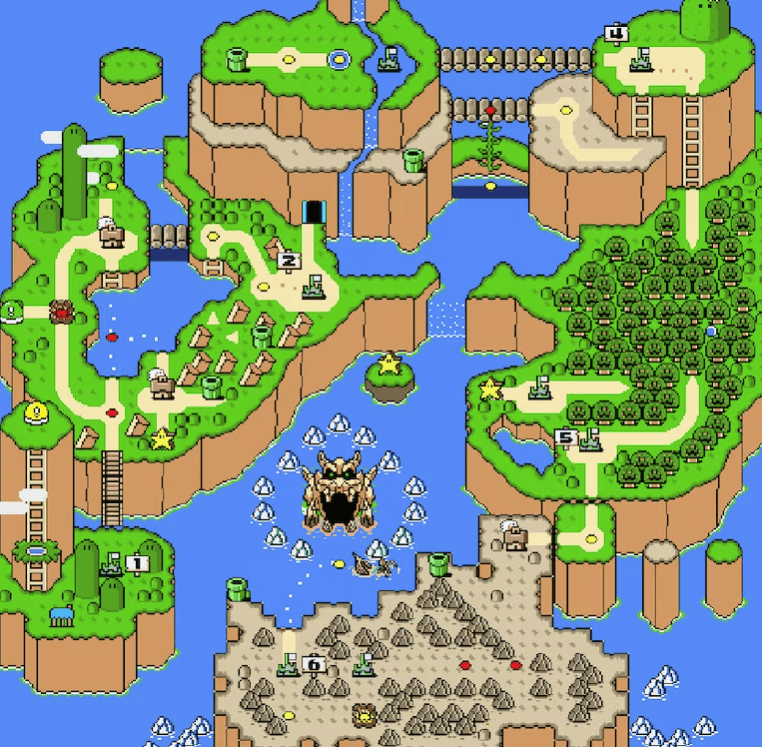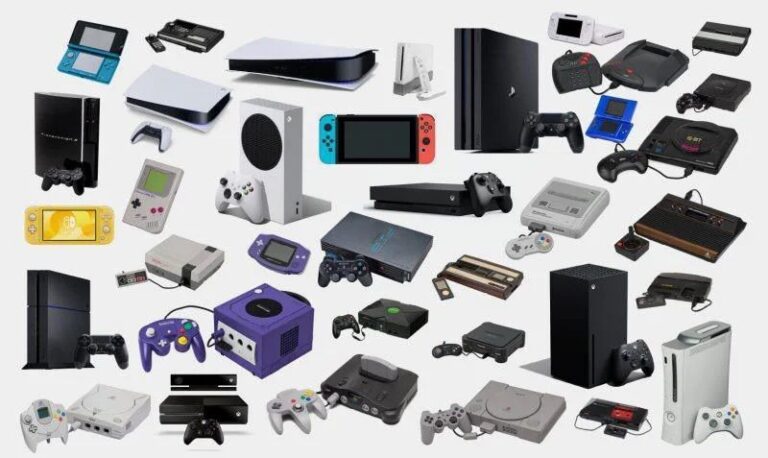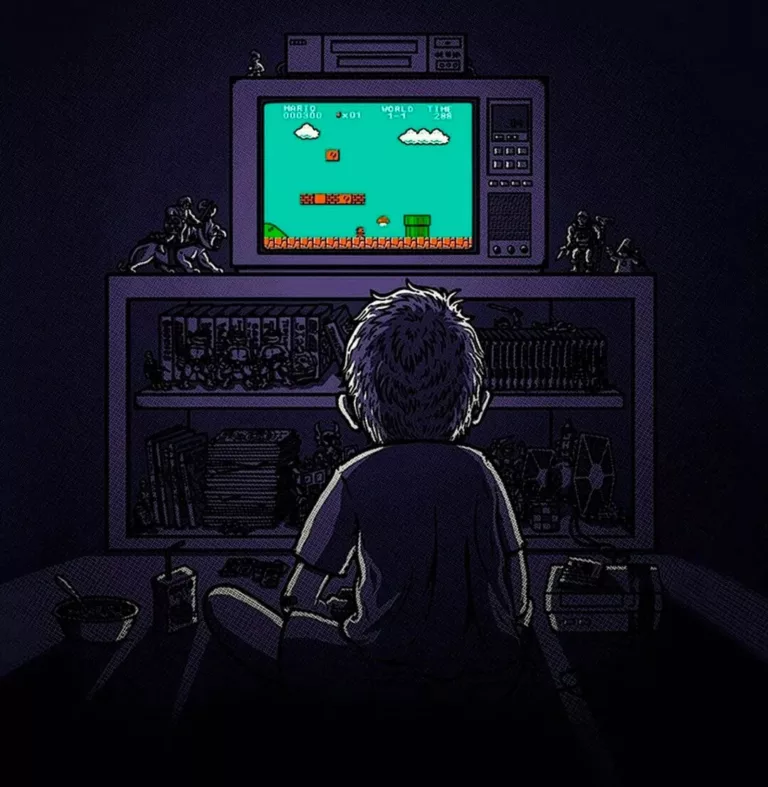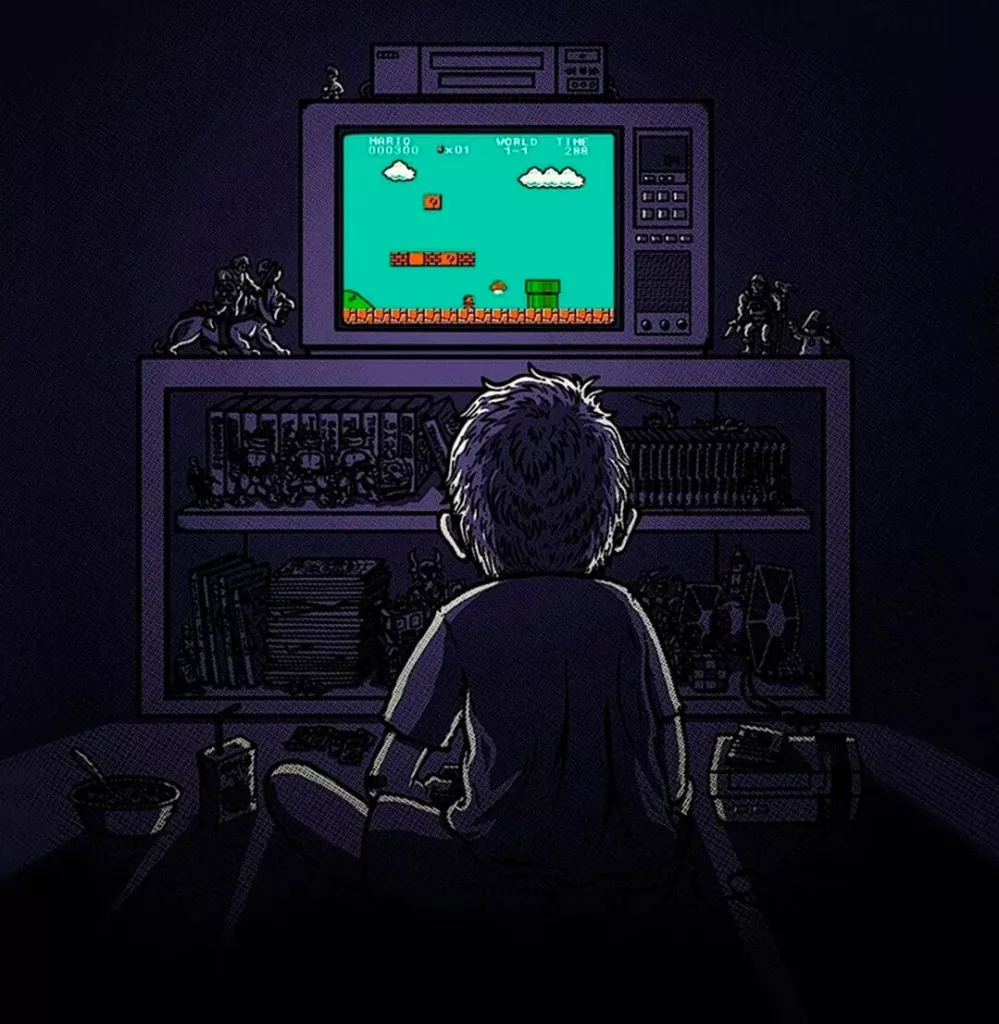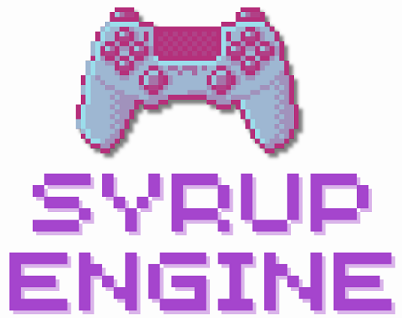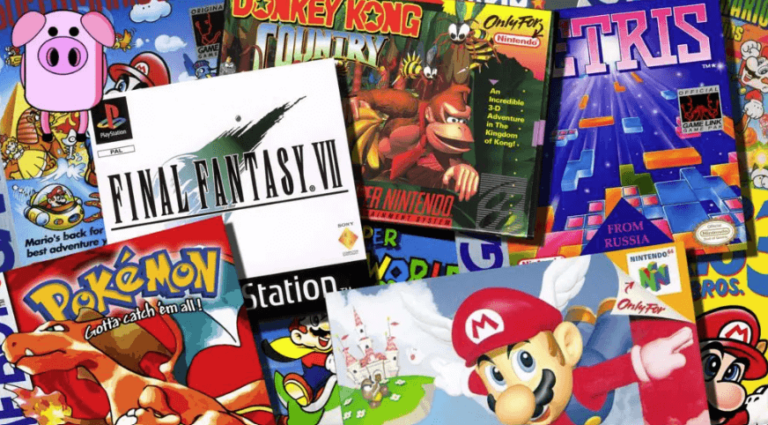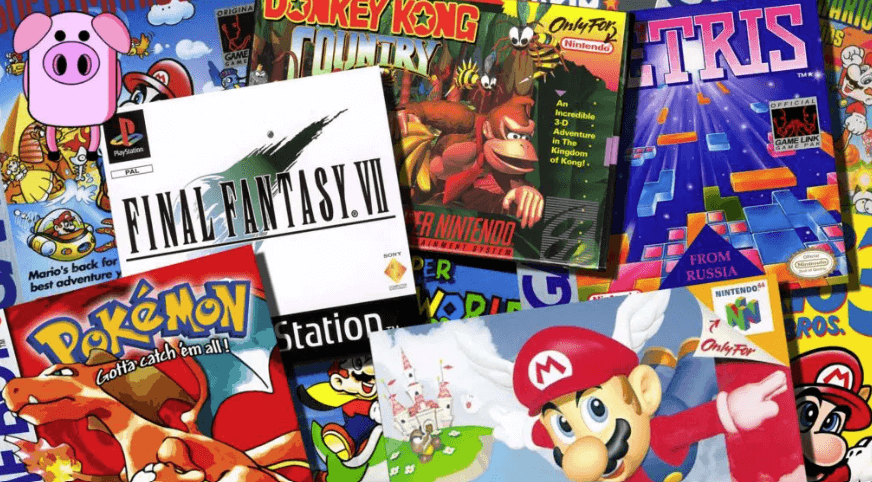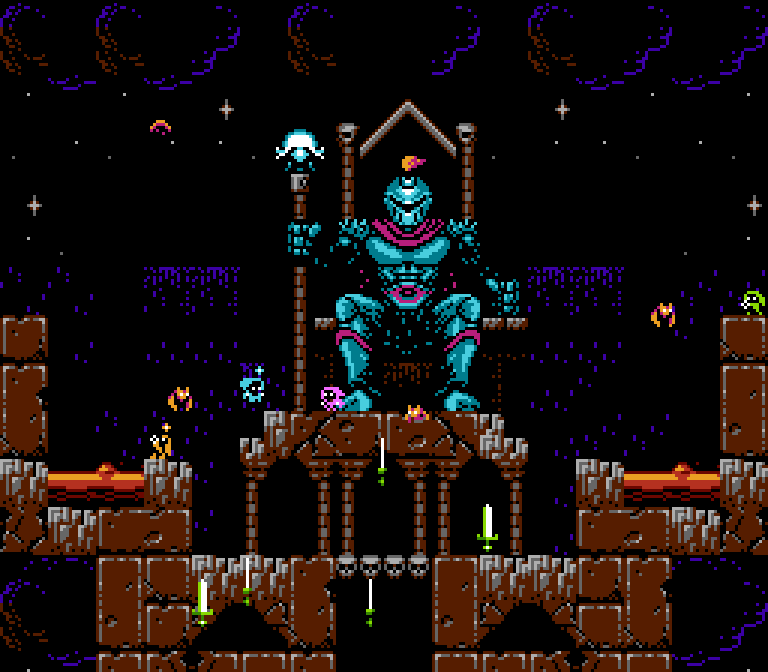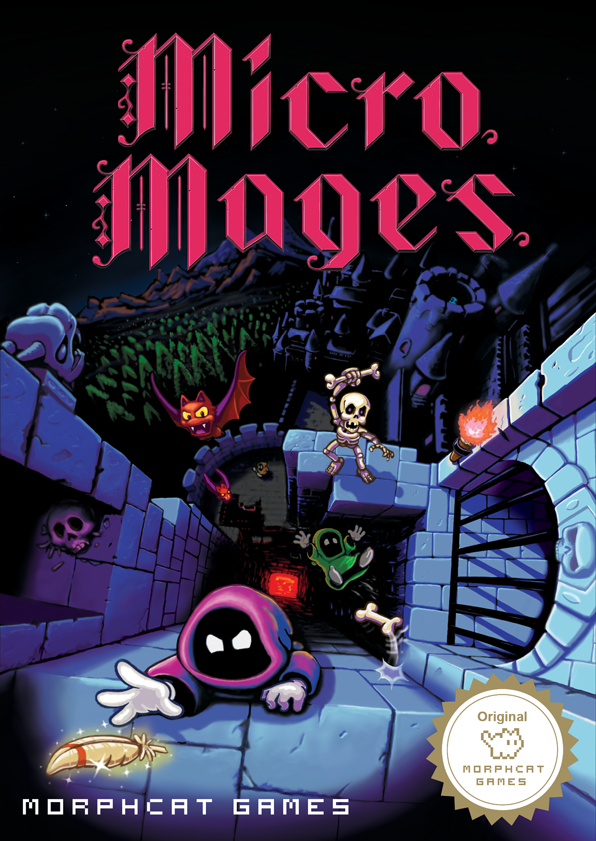In our previous article, we looked at the challenges which are encountered by gamers and developers when attempting to play retro games on modern displays. On high-definition televisions, the once-beloved visuals can appear jagged and blurry. Fortunately, advancements in upscaling technology have emerged to breathe new life into these retro games, preserving their nostalgic charm while enhancing their visual fidelity for contemporary displays.
The Challenge of Retro Gaming Graphics
Retro games, crafted in the era of cathode ray tube (CRT) displays, utilized resolutions ranging from 240p to 480p, snugly fitting the cozy confines of those old screens. Fast forward to the age of modern TVs boasting resolutions soaring from 720p to 4K and beyond, with widescreen aspect ratios galore. When retro games land on these sleek, high-resolution displays, they’re stretched and contorted to fit, resulting in a visual pixelation and blurriness.
Modern TVs come with fixed resolutions, exacerbating the dilemma. Upscaling algorithms attempt to bridge the resolution gap, but the process often introduces its own set of distortions, marring the nostalgic charm of retro games.
CRT Screens
The cathode ray tube, the stalwart champion of yesteryear’s gaming realm. Within its glowing depths lies a world of wonders—phosphor glow, scanlines, and smooth motion—all integral to the retro gaming experience.
Phosphor Glow: The phosphor-coated screen of a CRT monitor emits a gentle glow when struck by electrons, enhancing colors and imbuing retro games with a vibrant aura that modern displays struggle to replicate.
Scanlines: A hallmark of CRT displays, scanlines weave through the fabric of retro game graphics, creating a distinctive texture that’s etched into the memories of gamers. These horizontal gaps between lines add a layer of authenticity, evoking the nostalgic allure of classic gaming.
Smooth Motion: Picture-perfect motion without a hint of blur or lag—that’s the promise of CRT displays. The scanning electron beam paints images on the screen with precision, delivering a gaming experience devoid of the jitters and stutters that haunt modern displays.

The Modern Dilemma:
In the land of LCDs, LEDs, and OLEDs, the rules of the game have changed. Pixels reign supreme, forming a grid that lacks the continuous phosphor glow of CRT screens. While modern displays boast faster response times and smoother motion handling, they struggle to capture the essence of retro gaming.
Pixel Grid: The discrete nature of pixels on modern displays introduces a loss of detail and smoothness, altering the visual landscape of retro games designed for the continuous glow of CRT screens.
Motion Handling: While LCD and OLED displays excel in motion handling, the absence of scanlines and phosphor glow alters the visual aesthetic of retro games, robbing them of their nostalgic charm.
Upscaling Technology: Bringing Retro Games into the HD Era
Upscaling technology aims to address the challenge of displaying retro game graphics on modern televisions. By employing sophisticated algorithms and image processing techniques, upscaling algorithms analyze the original low-resolution image and extrapolate additional detail to enhance its visual quality when displayed at higher resolutions.
One popular method used for upscaling retro game graphics is called “nearest-neighbor interpolation.” This technique involves duplicating existing pixels to increase the resolution of the image without introducing new visual information. While simple, nearest-neighbor interpolation can produce sharp images that closely resemble the original graphics of retro games.
Nearest-neighbor interpolation operates on a simple principle: duplicate existing pixels to increase the resolution without introducing new visual information. The result? A faithful recreation of the pixel-perfect graphics that adorned beloved CRT screens. For these purists, this approach is sacrosanct, maintaining the integrity of retro game aesthetics with unwavering precision.
However, within the community, there’s an acknowledgment of the merits of alternative smoothing interpolation methods, particularly when it comes to 3D games. While nearest-neighbor interpolation excels in preserving the raw charm of 2D pixel art, its rigid adherence to chunky pixels can prove less forgiving in the realm of three-dimensional graphics.
Consider the jagged edges of lower-poly models and the blurry textures of yesteryear’s 3D masterpieces. In such cases, a touch of smoothing interpolation can work wonders, tempering the harsh edges and breathing new life into aging polygons. It’s a delicate balancing act—one that requires finesse and a keen understanding of each game’s unique aesthetic.
Opinions vary among enthusiasts, and rightly so. The choice of scaling mode ultimately hinges on the game in question and the desired aesthetic outcome. For some, the rugged authenticity of nearest-neighbor interpolation reigns supreme, while others may opt for the gentler embrace of smoothing algorithms to soften the jagged edges of nostalgia.
Another approach is “bicubic interpolation,” which calculates new pixel values based on the weighted average of neighboring pixels. Bicubic interpolation tends to produce smoother and more visually appealing results compared to nearest-neighbor interpolation, making it a preferred choice for upscaling retro game graphics on modern TVs.
Furthermore, machine learning-based upscaling techniques have gained popularity in recent years. These algorithms leverage artificial intelligence to analyze patterns in low-resolution images and generate high-resolution counterparts with remarkable accuracy. By training on vast datasets of images, machine learning models can learn to recognize and recreate the intricate details of retro game graphics, resulting in visually stunning upscaled versions.
Preserving the Nostalgic Charm
While upscaling technology enhances the visual quality of retro game graphics, preserving their nostalgic charm is equally important. Developers and enthusiasts often prioritize maintaining the original artistic integrity of these classic games, ensuring that the upscaled versions retain the distinctive aesthetic that players remember and love.
To achieve this, upscaling algorithms may incorporate features such as scanline emulation, color correction, and CRT shaders. Scanline emulation mimics the appearance of scanlines that were characteristic of CRT displays, adding a subtle texture to the upscaled graphics and evoking the retro gaming experience. Color correction algorithms adjust the color palette of retro games to match the intended look on modern displays, correcting inaccuracies that may arise due to differences in display technology.
Additionally, CRT shaders simulate the visual effects produced by CRT monitors, such as phosphor glow and curvature distortion. By applying these shaders to the upscaled graphics, developers can recreate the immersive atmosphere of playing retro games on authentic CRT displays, further enhancing the nostalgia factor for players.
In the end, there’s no one-size-fits-all solution. Retro gaming is a deeply personal experience, shaped by individual preferences and nostalgic attachments. Whether one swears by nearest-neighbor interpolation or embraces the subtle art of smoothing algorithms, one thing remains clear: the spirit of retro gaming lives on, fueled by a passionate community dedicated to preserving the magic of gaming’s golden age.


